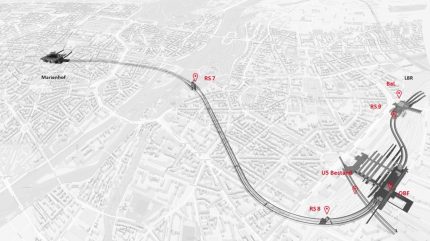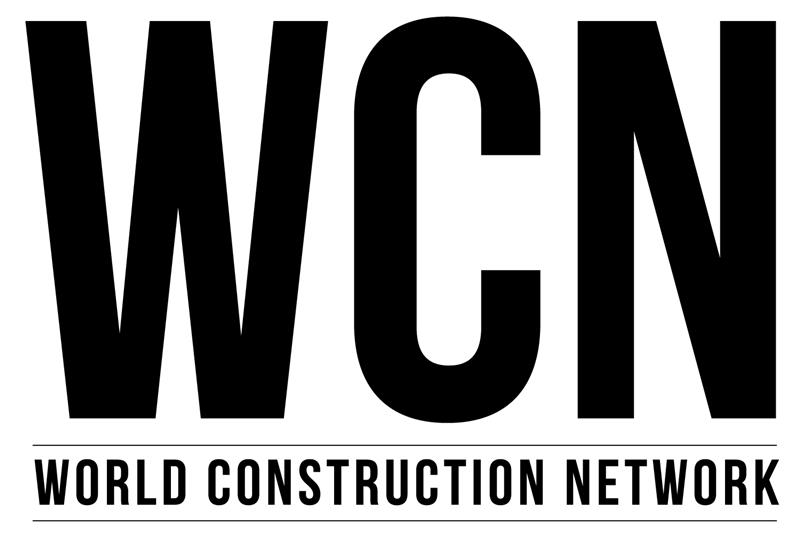
German state-owned railway company Deutsche Bahn has awarded a second component of the Munich S-Bahn expansion project, the ‘733 Tunnel Ostbahnhof’ contract, to the joint venture (JV) of Implenia and HOCHTIEF.
The contract involves structural works for the expansion, including the construction of tunnels and an underground station.

Discover B2B Marketing That Performs
Combine business intelligence and editorial excellence to reach engaged professionals across 36 leading media platforms.
The Tunnel Ostbahnhof JV, comprising construction and real estate provider Implenia and construction company HOCHTIEF, each holding a 50% stake, has secured a contract valued in the high hundreds of millions of euros.
This contract is a substantial part of the Second Core S-Bahn Route project in Munich, which is set to begin in June 2025 and is expected to be completed by May 2033.
Spanning approximately 3km, the venture will undertake the construction of two traffic tunnels, a rescue gallery, the München-Ost underground station, eight connecting structures, a junction structure, several galleries and shafts, and the shell construction of a new underpass at the Ostbahnhof station.
The project demands a broad spectrum of expertise in tunnel construction, special foundations, and civil engineering.

US Tariffs are shifting - will you react or anticipate?
Don’t let policy changes catch you off guard. Stay proactive with real-time data and expert analysis.
By GlobalDataThe construction works, located in the city centre, pose challenges due to their technical and logistical complexity.
The operations will be conducted amidst the ongoing traffic of the Munich hub. To manage the project, the joint venture will systematically utilise building information modelling technology and Lean working methods.
This new contract represents a continuation of the collaborative efforts between Implenia and HOCHTIEF, which have been partners on the Second Core S-Bahn Route since 2018 through the Marienhof JV.
The Marienhof joint venture is responsible for building the central Marienhof station. Implenia serves as the technical lead for Marienhof, while HOCHTIEF leads the technical aspects of the Tunnel Ostbahnhof joint venture, with each taking the commercial lead in their respective projects.
The Munich S-Bahn, with around 840,000 passengers daily, is claimed to be one of Germany’s largest local public transport systems.
Since its inauguration in 1972, the 11.3km-long main line has reached its capacity, necessitating the Second Core Route.
This new approximately 11km route aims to alleviate congestion on the existing line, provide an alternative route in case of disruptions, and significantly reduce travel times across the city with the introduction of a new express S-Bahn system.



